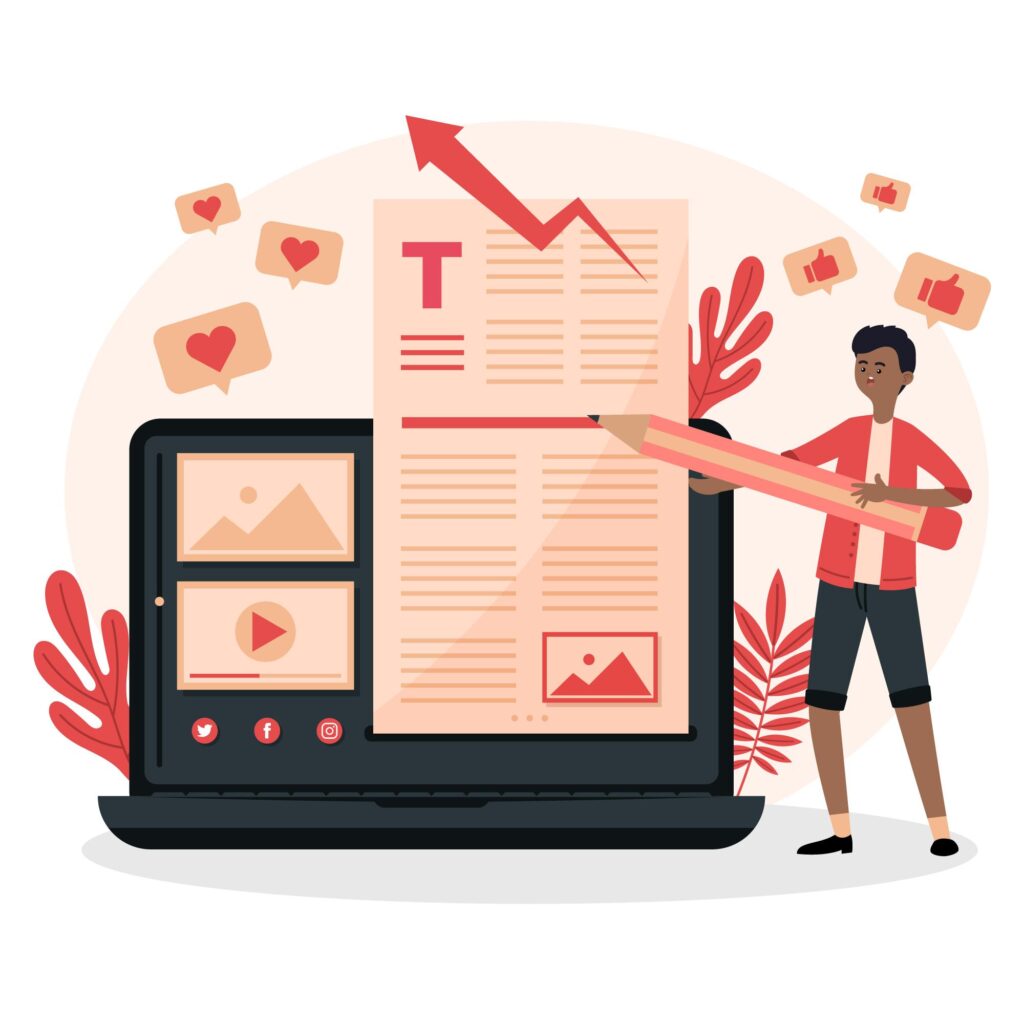
In week 3 in EDCI 339, we explored the foundations of online and open education, focusing on what makes digital learning effective and inclusive.
The Digital Learning Framework
One of the key readings was the Digital Learning Framework created by Dr. Valerie Irvine and Dr. George Veletsianos for the BC Government. The framework was written during the early stages of the pandemic and outlined how BC could strengthen digital learning for the future.
It explained the importance of strong leadership, collaboration across institutions, and additional training for educators to teach online with confidence. It also highlighted the need to make digital learning accessible for everyone, including students in rural areas or those who need flexible options. One of the main takeaways was that many experienced “emergency remote teaching,” not authentic online learning. Real online education should be designed to promote inclusion, flexibility, and accessibility from the start.
Equity and Design in Learning
This reading helped me understand how design and equity are central to effective online learning. Moving lessons online is not enough; educators must also consider how to engage all students and create meaningful learning experiences across different formats.
I also noticed how the framework connects to what we’re doing in this course. Forming pods to support each other’s inquiries reminded me of the framework’s emphasis on collaboration and community. It shows that learning online can still be social and relational when designed thoughtfully.

Reflection and Future Application
After reflecting on this week’s learning, I want to bring these ideas into my future teaching. My goal is to design lessons that give students different ways to participate and show what they know, while making sure all learners feel supported and included.
As I start working with my pod on my Free Inquiry Project about game-based learning, these ideas will guide me in exploring how digital tools can boost engagement and inclusion in online spaces.



